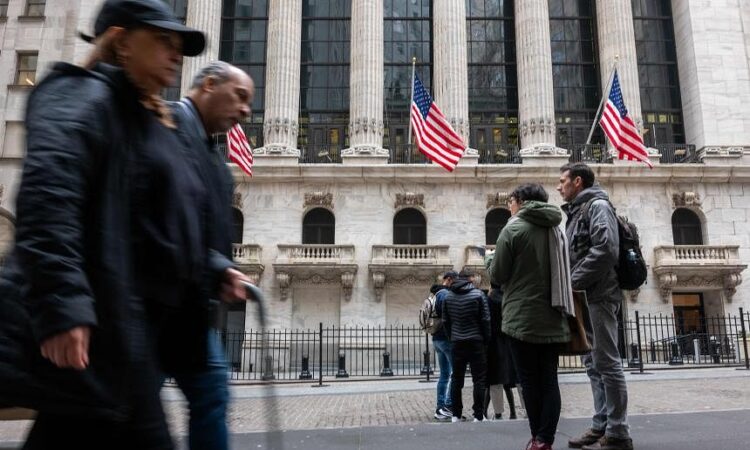US Fed’s embrace of three rate cuts opens door to lower borrowing cost, stronger Singdollar

SINGAPORE – Strong signs that there will be three interest rate cuts in the United States in 2024 will result in lower loan repayments for borrowers here, while a rising Singapore dollar will make imports cheaper.
The United States Federal Reserve said on March 20 that it will leave the benchmark rate in a range of 5.25 per cent to 5.5 per cent – the highest level since 2001 – but it signalled that rate cuts are on the cards this year for the first time since March 2020.
Most private economists expect a rate cut in June, followed by at least two more in 2024.
However, those forecasts had been seen as risky, given US inflation figures for January and February came in higher than expected, raising the prospect that the Fed could dial back its projection of cuts in 2024.
In a nod to sticky inflation, the Fed did revise its median estimate for 2024 inflation up to 2.6 per cent from 2.5 per cent; still, the central bank kept the path to three rate cuts for the year unchanged.
Wall Street cheered the Fed stance on March 20, propelling the S&P 500 index to a fresh record high while Asian markets staged their own rallies, with Singapore’s Straits Times Index up by 1.4 per cent to close at 3,220.37 on March 21.
The Singdollar responded as well, rising to an intraday high of $1.3364 to the US dollar, up from Wednesday’s close of $1.3424.
Dr Chua Hak Bin, regional co-head of macro research at Maybank, said Fed projections showed the three rate cuts would shave off a cumulative 0.75 percentage points from the benchmark rate by the end of 2024, which will translate to around a 50-basis point fall in Singapore’s short-term rates.
“The three-month Sora (Singapore overnight rate average), a benchmark for many housing loans, should fall to about 3.2 per cent by the end of the year,” he told The Straits Times.
The rate was at 3.6211 on March 20.
Dr Chua said Maybank would maintain its Singdollar forecast of $1.3350 to the greenback by the end of 2024. That is not far from where the currency is trading now, but is much higher than the $1.3748 trough it reached in October 2023 and the $1.4490 low it hit in September 2022.
Mr Sim Moh Siong, currency strategist at Bank of Singapore, expects an even stronger Singdollar, with his six-month forecast at $1.32 and $1.29 after 12 months.
However, he warned that even if the Fed does deliver the three rate cuts, the US dollar is unlikely to suffer a significant sell-off as the benchmark rate will remain higher than short-term rates in many countries, including Singapore.
Currency traders usually prefer to sell low-yielding currencies to buy those backed with higher interest rates and capture risk-free profits from the differential.
Mr Sim said: “We expect the US dollar to weaken later this year, but in a moderate fashion. The US will still have the interest rate advantage; US rates will still be one of the highest, relative to other major countries as well as to Asian countries.”
The Fed move will also generate some debate on what the Monetary Authority of Singapore (MAS) will say in its policy statement expected on April 12.
Most analysts believe the MAS will maintain its stance that favours an appreciating Singdollar against currencies of its trading partners. However, an easing move is expected later in 2024.
The MAS uses the Singdollar to manage monetary policy, unlike most central banks, which set interest rates to achieve price stability.
Dr Chua said: “We expect the MAS to ease its monetary policy via a slightly lower appreciation bias at the October policy meeting, after the Fed starts easing.”
MAS deputy managing director and chief economist Edward Robinson told a conference in Singapore on March 6 that the central bank will maintain an appropriately restrictive posture to ensure that core inflation – that excludes private accommodation and transport costs – declines to 2 per cent by early 2025.
Core inflation fell to 3.1 per cent on an annual basis in January, from 3.3 per cent in December.



